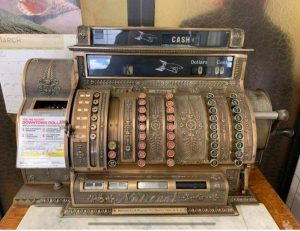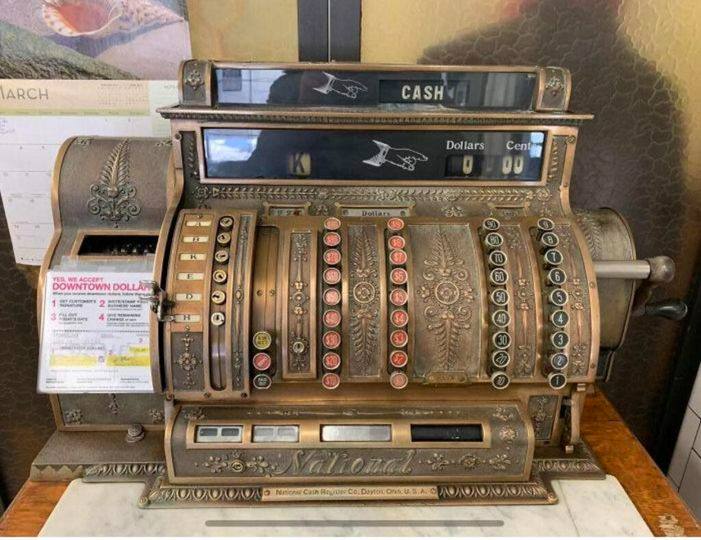Traditional cash registers are being phased out gradually as a result of the broad adoption of point-of-sale systems and iPads across the retail industry. However, if you go to your neighbourhood artisanal cocktail establishment that only accepts cash, you might still be able to catch a peek of the mechanical register that was once so commonplace.
When they were first introduced, these early mechanical registers were completely manual and lacked the level of sophistication that is present in modern systems. It was necessary for employees to manually ring up each transaction. When they pressed the total key, the drawer would open, and a distinctive bell chime would accompany it. This would alert the management to the fact that a sale had occurred.
Bill Bryson asserts that the practice of odd pricing, which includes selling things at prices such as $X.49 or $X.99, may have developed from the necessity of opening the cash register in order to get penny change. Because of this peculiar pricing method, cashiers were had to open the till in order to make change, which was essentially an announcement of the sale.

In 1879, James Ritty, the creator of the first mechanical cash register, sold his business to Jacob H. Eckert in order to take on other duties. This event marked a crucial turning point in the history of the cash register. In 1884, Eckert, who was a salesperson for china and glassware, formed the National Manufacturing Company through his business.
Later on, John H. Patterson, who had previously purchased the business from Eckert, changed the name of the company to the National Cash Register Company. Patterson’s inventions included the creation of a journal for internal bookkeeping purposes, a receipt for external bookkeeping purposes, and the addition of a paper roll for the purpose of recording sales transactions. It was for two reasons that receipts were introduced: first, they improved the security against fraud, and second, they gave clients a physical record of the transactions they had completed.
Since its humble beginnings as a straightforward adding machine, the cash register has developed into a sophisticated point-of-sale system that is an essential component of modern enterprises. In spite of the fact that old mechanical registers are becoming increasingly obsolete, their heritage continues to be carried on by digital systems, which have become an indispensable component of the retail and hospitality industries.


